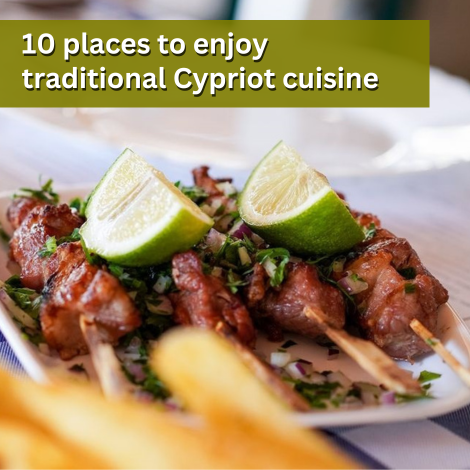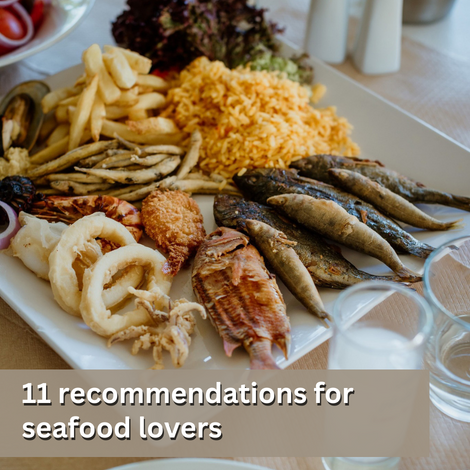Herb, my little herb
From medicine to religion
Teas, decoctions, infusions. The use of herbs and aromatic plants has been practiced for thousands of years, and more specifically, their use began with the Sumerians around 2000 B.C.
Great ancient Greeks who dedicated their lives to botanical research were Hippocrates, Theophrastus, and Dioscorides. Hippocrates, the father of medicine, recorded about 400 species of herbs, and Dioscorides wrote a botanical study using 600 plants, which became the foundation for many later botanical researches. The two works of Theophrastus, “On the History of Plants” and “On the Causes of Plants”, are considered probably the first treatises in the field of botany up until the Middle Ages.
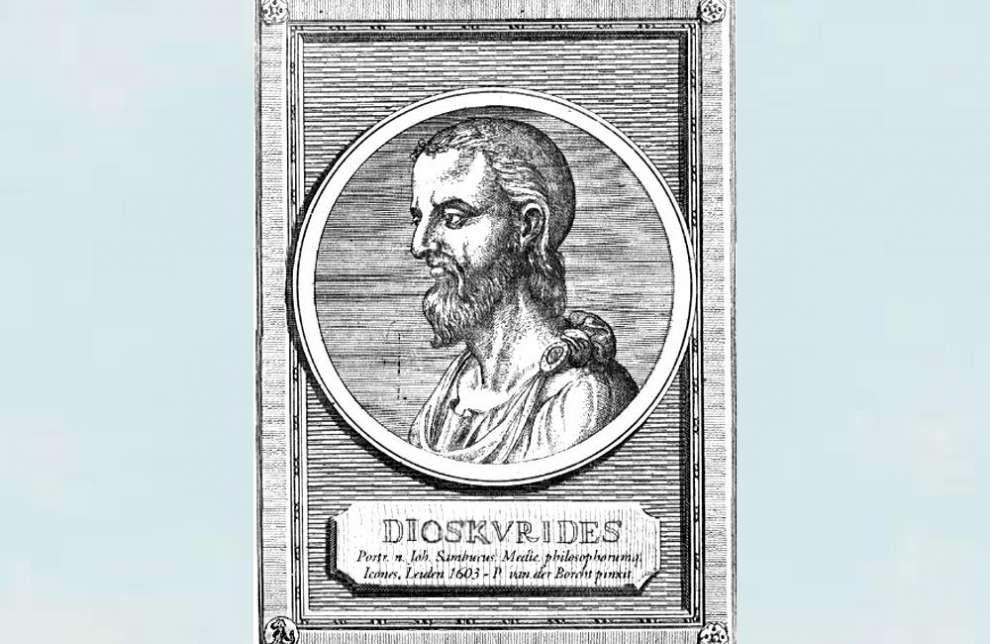
From the dawn of civilization, humans were also aware of the effects of aromas on the body, mind, and emotions, and during the Middle Ages, many people attributed magical properties to plants and used them in various rituals. Flowers were used to attract love, food, and protection. Aromatic plants were used to heal the body. Throughout the world, from antiquity until today, different cultures have discovered many varieties and many uses for herbs and essential oils.
As for Mediterranean herbs, we do not know when they were first gathered or cultivated. The ancient Egyptians used them in various functions such as cosmetics, food, etc. During Roman times, plants received the proper attention and were studied more intensively for their usefulness. Also, during this period began the trade of herbs and aromatic plants, mainly between Europe and Asia, having a great impact because these plants grew abundantly and were recommended by merchants, refugees, and migrants from the depths of the East. Asian spices, therefore, had already begun to become famous in Europe as early as the Hellenistic period. Today, Mediterranean Europe largely returns to native or imported herbs.
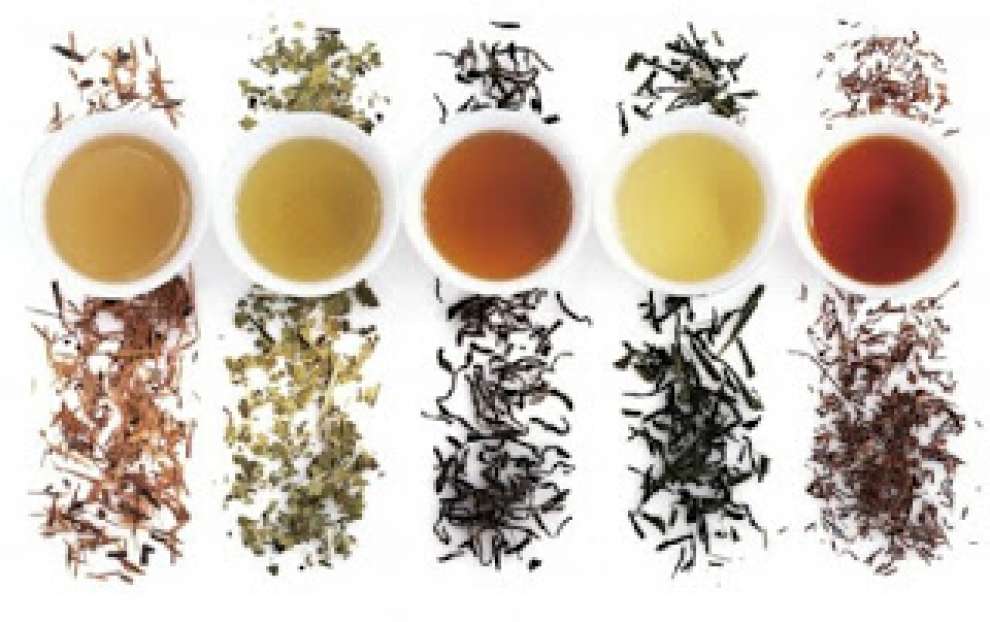
However, the use of herbs is not limited only to traditional medicine, cosmetology, or nutrition. We also find the use of herbs to a very large extent even in religion, especially from the medieval period until today. When the so-called "barbarians" brought with them their own herbal healing customs, these were added to the Roman methods and survived. With the spread of Christianity, the two traditions—medieval and Christian—exchanged medicines and tried remedies.
Use of herbs in Christianity until today can be found on Palm Sunday, when all churches are decorated with laurel branches. These so-called palm branches are gathered by housewives and, after the end of the Divine Liturgy, they decorate and keep the icons of saints in their homes with them. On Christmas Eve, and specifically on December 22, Orthodoxy also commemorates the memory of the Saint of herbs, Saint Anastasia the Pharmakolytria. She lived during the reign of Emperor Diocletian, who was hostile and persecuted Christians. According to the Synaxaria, Saint Anastasia was a healer and soothed the pain of tortured Christians in prisons with herbs and medicines she made from them. For Greek Orthodox believers, Saint Anastasia is considered a physician, and in many villages in Greece, on her feast day, December 22, housewives bake sweet breads with herbs, raisins, walnuts, and figs, and take them to church, where the priest reads prayers for good health and distributes them to the faithful.
Another use of herbs in church rituals is basil. Inseparably linked with Hellenism and Orthodoxy, basil is used in every blessing with holy water. Basil has an important role in Greek folk and religious tradition. According to this tradition, a basil plant sprouted on the lost tomb of Jesus, and its intense fragrance was the reason for its discovery centuries ago by Saint Helen. The name basil was given in the 4th century A.D. to honor Christ, because it sprouted where the King of the world was buried.
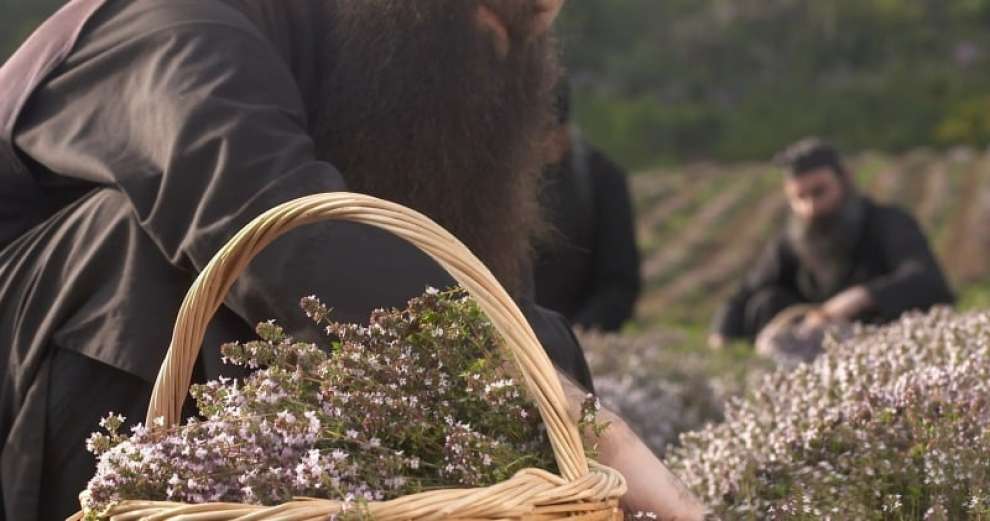
Previously, however, and as Chrysippus characteristically mentions, this plant existed only to drive people crazy, as pre-Christian times regarded basil as a symbol of evil and madness, with its strong smell considered a curse. Paradoxically, though, Hippocrates and Dioscorides (who also lived in pre-Christian times), free from the prejudices of that era, had referred to the medicinal properties of the plant. Pliny also mentioned the property of basil as an aphrodisiac.
Finally, we encounter various herbs in the production of incense through aromatic resins and balsams, which are burned to release their fragrant and devotional aroma. The holy incense, therefore, which was prescribed to be used in the tabernacle in the desert, was made from costly materials offered by the church. Later, rabbinical Jews added other ingredients to the temple incense (according to Josephus) which was made of thirteen different substances. Some of these additional ingredients included amber, cassia, cinnamon, myrrh, saffron, and nard.
Returning to common knowledge about the use of herbs as we know them today, these can be used in various ways. Herbal blends can be used as decoctions, infusions, tinctures, juices, syrups, compresses, poultices, baths, and teas. Especially regarding teas, you can find more information and details by clicking on this link.
However, herbs and aromatic plants are not found only in religion or medicine but much more in cosmetology. Many types of cosmetics and body care products make extensive use of aromatic plants and herbs.
So, having learned so many things, indications, contraindications, and uses of herbs, and if you are a lover of fragrant aromas as well as of the rich choices they offer in their use, then you can start small cultivations even in your home. A few pots are enough.

 English
English
 Ελληνικά
Ελληνικά Русский
Русский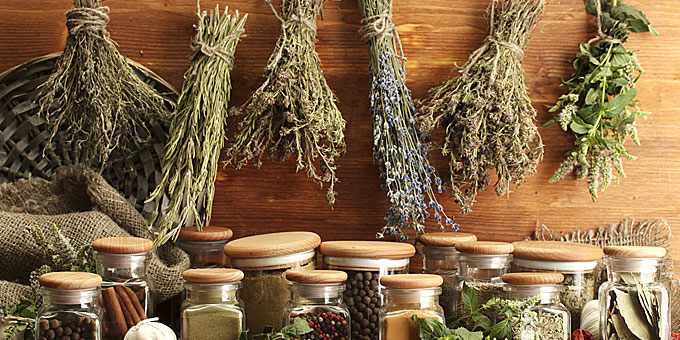
 Posted by
Michalis Venetsianos
Posted by
Michalis Venetsianos



